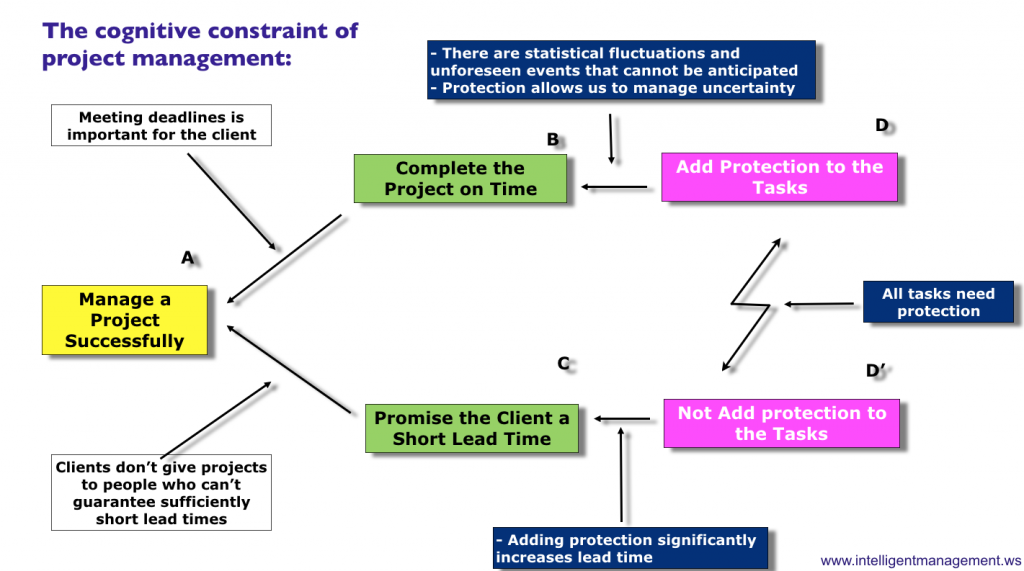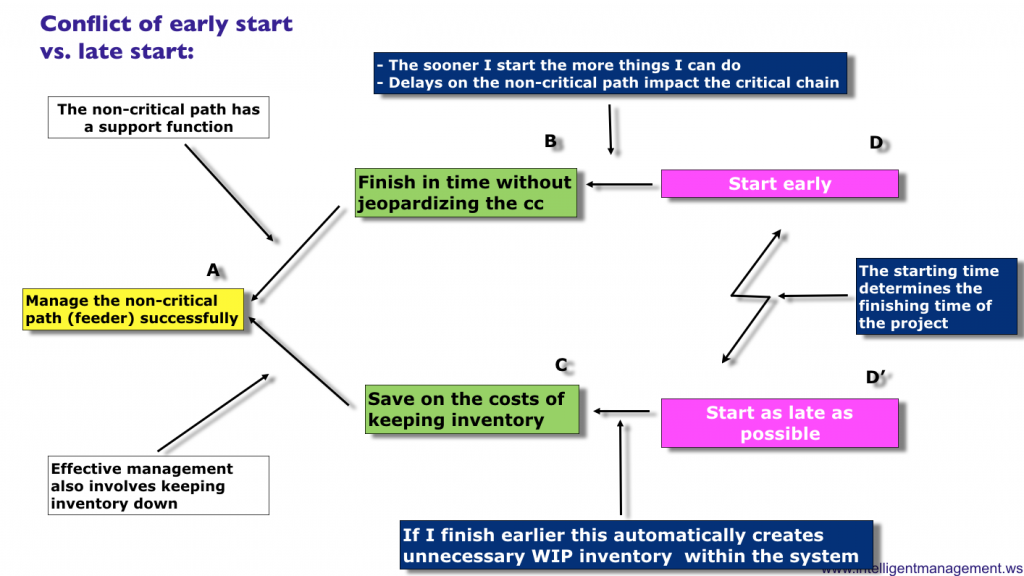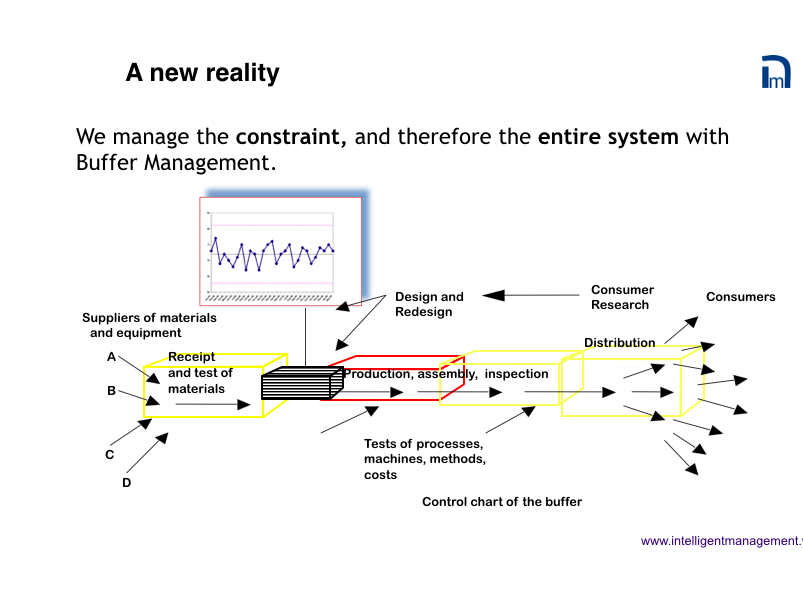Digitalization will inevitably lead organizations to shift their way of working in radical ways. For example, according to Gartner senior VP Dale Kutnick in a recent article, digitalization will require:
business development; the IT department and the product management or engineering team – to work together at an unprecedented level of cooperation”.
How can that cooperation become possible? How can we start transforming the enterprise for the digital future? Once again, our mantra is overcome silos and you can only do that through systemic management.
To paraphrase Bon Jovi (“You give love a bad name”), two things have been given a bad name for the last several decades to a point that they have become unrecognizable. Both these things are vital for systemic management, the kind that organizations need to foster to thrive in an increasingly digital reality. One is Quality Management and the other is Project Management.
The Quality of Quality is strained
Quality Management has been dragged almost into oblivion by a nonsensical bureaucratic organization that presides over the issuance and maintenance over what is, at best, a crippling set of guidelines. Yes. We are talking about the ISO system, the chairmanship of which Dr. Deming refused in 1982. He did so because he anticipated not just its scientific fallacies but also the damage it would cause to the development of a genuine culture of continuous improvement (and yes, the bla bla on the vaguely Deming-inspired new standards is just lip service to a mechanism that in essence neither ensures nor promotes real quality in the Deming sense.) When correctly understood and implemented, Quality Management is, and must be, about continuous improvement as a culture and this is the key to continuous innovation.
Project Management is not a technique
Project Management, sadly, is still today exclusively considered as a technique for managing projects. This is so far from the truth. Dr Goldratt in his seminal book ‘Critical Chain’ (1997) provides a whole new perspective on what Project Management is. His Critical Chain (CCPM) algorithm for managing single and multiple projects is the cornerstone for any meaningful and realistic actionable backdrop for transforming organizations into a systemic whole.
A Gartner report suggests ”Anyone who is working on projects and is concerned about on-time delivery should care about CCPM. Therefore, those who should care include CIOs, PMO leaders, portfolio managers, program managers and project managers.”
As usual, Dr Goldratt takes the issue at hand, in this case managing projects, by looking at the fundamental assumptions that keep organizations stuck in their current way of managing projects (i.e. late, out of specs and over budget). The two fundamental conflicts Dr Goldratt addresses and from which the full Project Management solution stems are the following:
The first is “add protection to the tasks” versus “not add protection to the tasks” and the legitimate needs (green boxes) that underpin this conflict are “complete the project on time” and “promise the client a short lead time”. The blue boxes contain the assumptions (mental models) that create the conflict. The yellow box contains the goal.
The second key conflict in Project Management is “start early” versus “start as late as possible” and the two legitimate needs (green boxes) that underpin this conflict are “finish in time without jeopardizing the Critical Chain” and “save on the costs of inventory”.
Invalidating the assumptions (blue boxes) around these conflicts leads to a whole new way of considering what a project in essence is – the orchestration and management of a finite set of resources to accomplish a multiplicity of activities aimed at maximizing revenues of an organization in a given time period.
Critical Chain: the key to managing systemically
Critical Chain is a radically different and radically more successful approach to Project Management. It overcomes why most projects fail by working with the finite capacity of resources, eliminating milestones, multitasking and protecting the entire project, not individual tasks, from variation through the project buffer. In this way the execution of projects becomes vastly more stable, predictable and reliable. The basic steps for the paradigm of systemic project management that enable us to overcome the two conflicts described above as per the Critical Chain method are the following:
- create the network:
- List the project tasks
- Put the tasks into sequence highlighting the logical dependencies among them
- finite capacity: identify resources and their availability
- estimate the duration of every single task, calculating that the resource(s) work in a dedicated way, without multitasking
- identify the Critical Chain (longest chain of dependent events once resource availability has been taken into account). This provides a realistic estimate of the project duration given the resources.
- insert the project buffer (protects the entire Critical Chain)
- insert feeding buffers (protect non-critical branches)
In our last post we showed the diagram below that illustrates the systemic model of an organization. It is a model that removes silos and replaces them with processes and projects that require and foster cooperation instead of vertical command and control.
How do we implement this model and bring it to life? How do we transform the enterprise for the digital future? By making Quality Management i.e. continuous improvement the heart of the enterprise and Critical Chain Project Management the nervous system that connects everything together.
See also: You Say You Want a Revolution: Where Digitalization is Taking You
Sign up to our blog here and shift your thinking towards broader, systemic possibilities for yourself and your organization.
About the Author
Angela Montgomery Ph.D. is Partner and Co-founder of Intelligent Management, founded by Dr. Domenico Lepore. Angela’s new business novel+ website The Human Constraint looks at how Deming and the Theory of Constraints can create the organization of the future, based on collaboration, network and social innovation. She is co-author with Dr. Domenico Lepore and Dr. Giovanni Siepe of the forthcoming ‘Quality, Involvement, Flow: The Systemic Organization’ from CRC Press, New York.









Leave a Reply